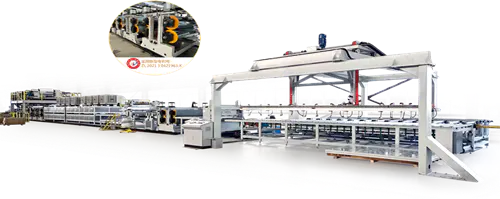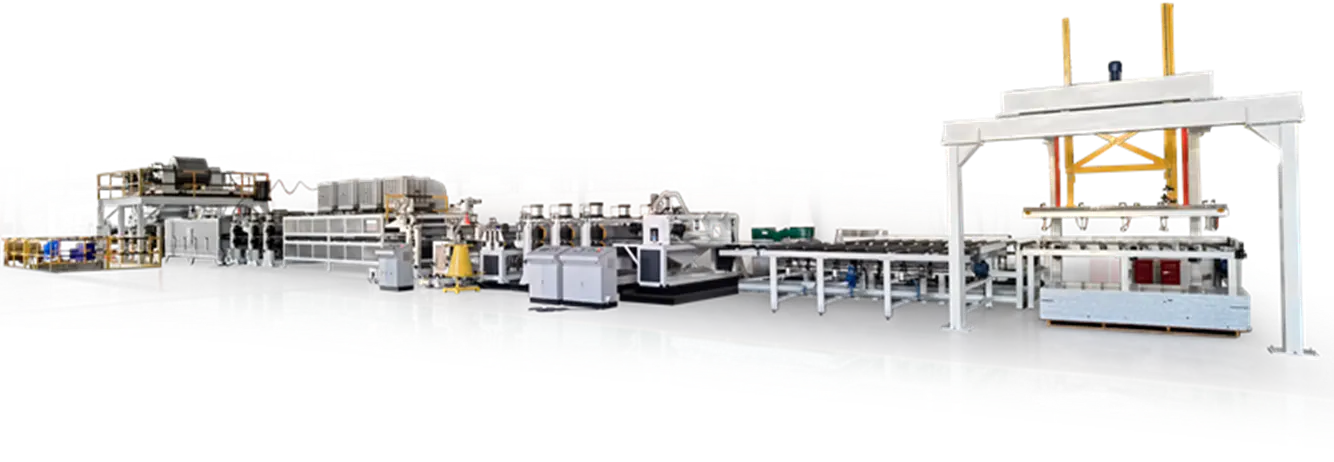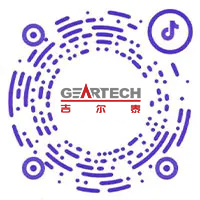In the ever-evolving landscape of modern architecture, materials play a pivotal role in determining both the functionality and aesthetic appeal of buildings. One such material that has gained widespread recognition is the Aluminum Composite Panel (ACP). These panels, which consist of two thin aluminum sheets bonded to a non-aluminum core, have become a popular choice for architects and designers seeking durability, flexibility, and visual appeal. The growing demand for ACP has led to increased innovation and production, especially with the advancement of technologies such as the Coil Coating Line and ACP line.

Aluminum Composite Panels are known for their versatility. They are lightweight yet rigid, allowing for easy handling and installation. Architects appreciate the broad range of colors and finishes available, which provide freedom to experiment with contemporary designs. This range is made possible through the Coil Coating Line, a production process where aluminum coils are continuously cleaned, pre-treated, and painted. This method ensures consistent quality and color uniformity, which is crucial for projects where multiple panels are installed across a single façade.
The manufacturing process on the ACP line further contributes to the structural integrity and performance of the panels. The ACP line assembles the aluminum skins and the core material using high temperature and pressure, resulting in strong adhesion and enhanced durability. This setup ensures that the panels maintain their shape and strength over time, even under varying weather conditions. The consistent output from the ACP line also supports high-volume construction projects, meeting demand without compromising on material standards.
One of the prominent advantages of Aluminum Composite Panels is their resistance to environmental factors. The Coil Coating Line enables the application of protective coatings that enhance the panel’s resistance to UV radiation, moisture, and pollutants. These protective layers reduce the need for frequent maintenance, making ACP a cost-effective solution for both commercial and residential buildings. With such features, architects can confidently use ACP in building façades, canopies, signage, and interior applications.
Another key benefit lies in the flexibility of design. The ACP can be cut, routed, curved, and folded into different shapes and sizes. The precise nature of the ACP line ensures that each panel can be customized to meet unique project specifications without compromising structural quality. This flexibility allows for the realization of complex architectural ideas that were previously difficult to achieve using traditional materials.
Additionally, the energy efficiency of buildings can be improved through the use of ACP. The panels provide an extra layer of insulation, reducing the transfer of heat and contributing to better temperature regulation inside the structure. When combined with coatings applied during the Coil Coating Line process, ACP helps in reflecting sunlight and reducing the building’s overall cooling load. These properties not only contribute to sustainability but also to long-term energy savings.
From an environmental perspective, Aluminum Composite Panels are recyclable, which makes them a more responsible choice for sustainable construction practices. The aluminum used in the panels can be reused, reducing the overall consumption of raw materials. Furthermore, the Coil Coating Line is designed to less waste and optimize resource usage, aligning with the industry’s movement towards greener production methods.
In conclusion, Aluminum Composite Panels offer numerous advantages that make them suitable for a wide range of architectural applications. The combined technologies of the Coil Coating Line and ACP line ensure that the panels deliver in terms of quality, performance, and appearance. As modern architecture continues to embrace innovative materials and techniques, ACP stands out as a reliable and efficient solution for creating contemporary and sustainable structures.

 中文简体
中文简体 English
English Português
Português русский
русский Español
Español عربى
عربى









